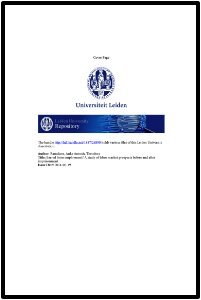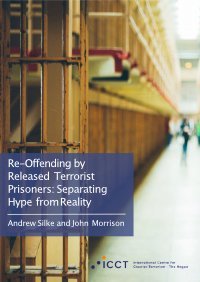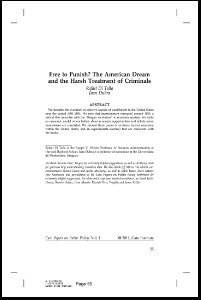By Elaine Crawley
Prisons are at once extraordinary and ordinary institutions. They are extraordinary in that they are places in which large numbers of strangers are forced to live, in close proximity with each other, often for sustained periods. On entry to the prison, these strangers are stripped, searched and relieved of their personal possessions by other strangers - prison officers acting on behalf of the state. These officers are obliged to regulate prisoners' behaviour and ensure that they do not escape. Once inside, assigned to a cell and dressed in prison clothing, the strangers-nowprisoners are under almost constant surveillance, and instructed as to how they should conduct themselves, what is expected of them, and at what time, throughout the period of their sentences. In old prisons which stand in the centre of towns, all this may take place only yards from where people are freely going about their daily business - shopping, visiting the hairdressers or the pub, taking children to school, walking in the park. Whenever I step into the sunshine after spending the day in one prison or other, I rarely fail to be struck by this thought and by the apparent invisibility of this other world to passers-by. Yet in many respects, prisons are also very ordinary. They are ordinary in that much of prison life, especially long-term prison life, revolves around those mundane matters which concern all of us in our non-prison lives - eating, sleeping, cleaning and tidying, doing the laundry, working (or looking for work), thinking about family and friends, attempting to alleviate boredom. All these concerns occupy prisoners because the prison is where prisoners must live and, as such, the prisoner is a member of what Clemmer (1940) terms the prison 'community'.
Cullompton, Devon, UK: Willan Publishing, 2004. 298p.





















